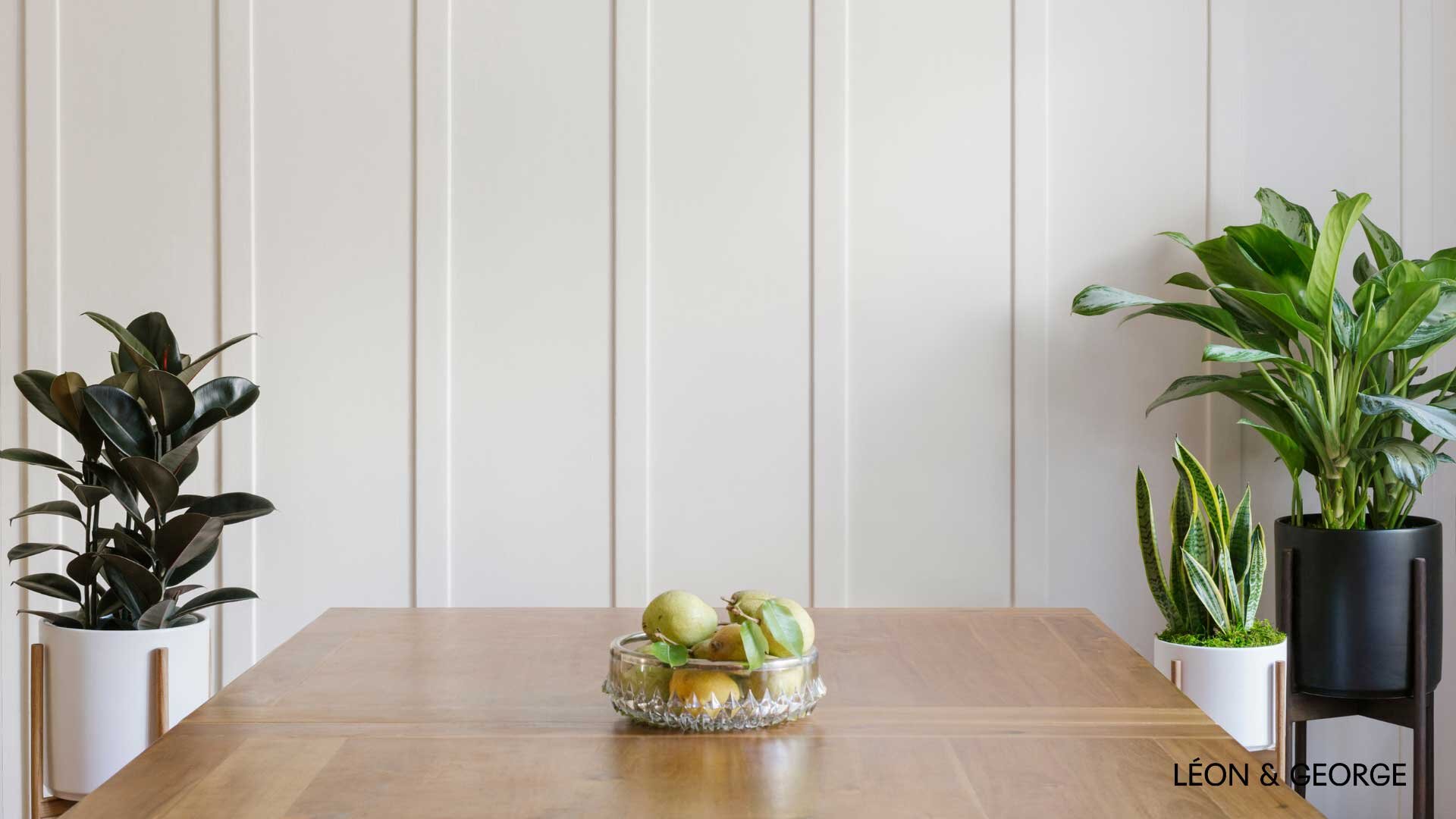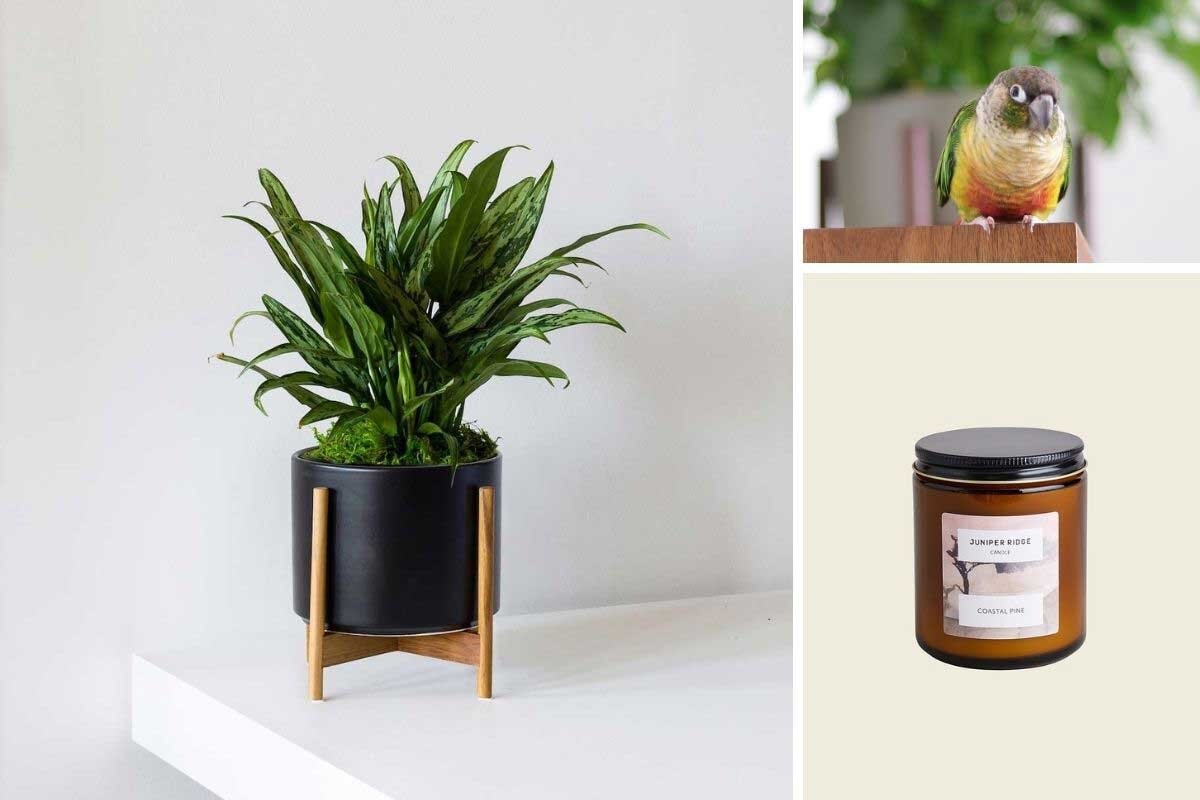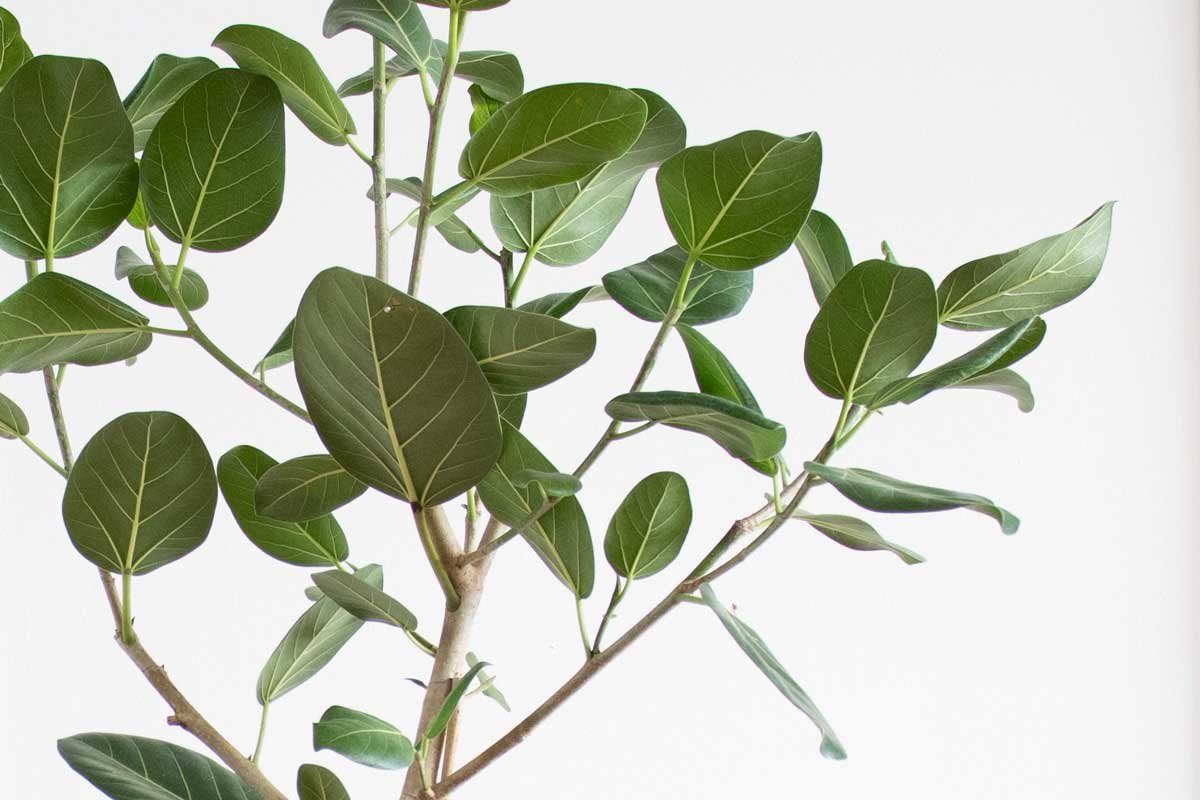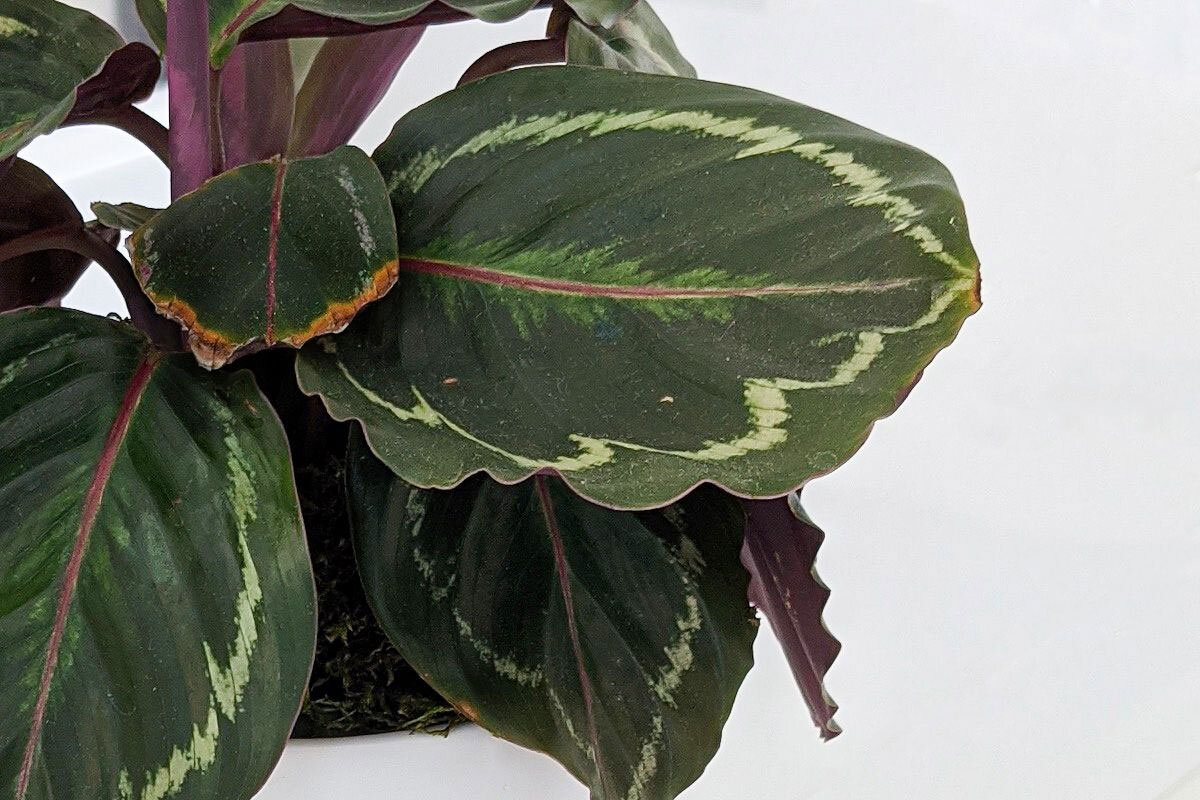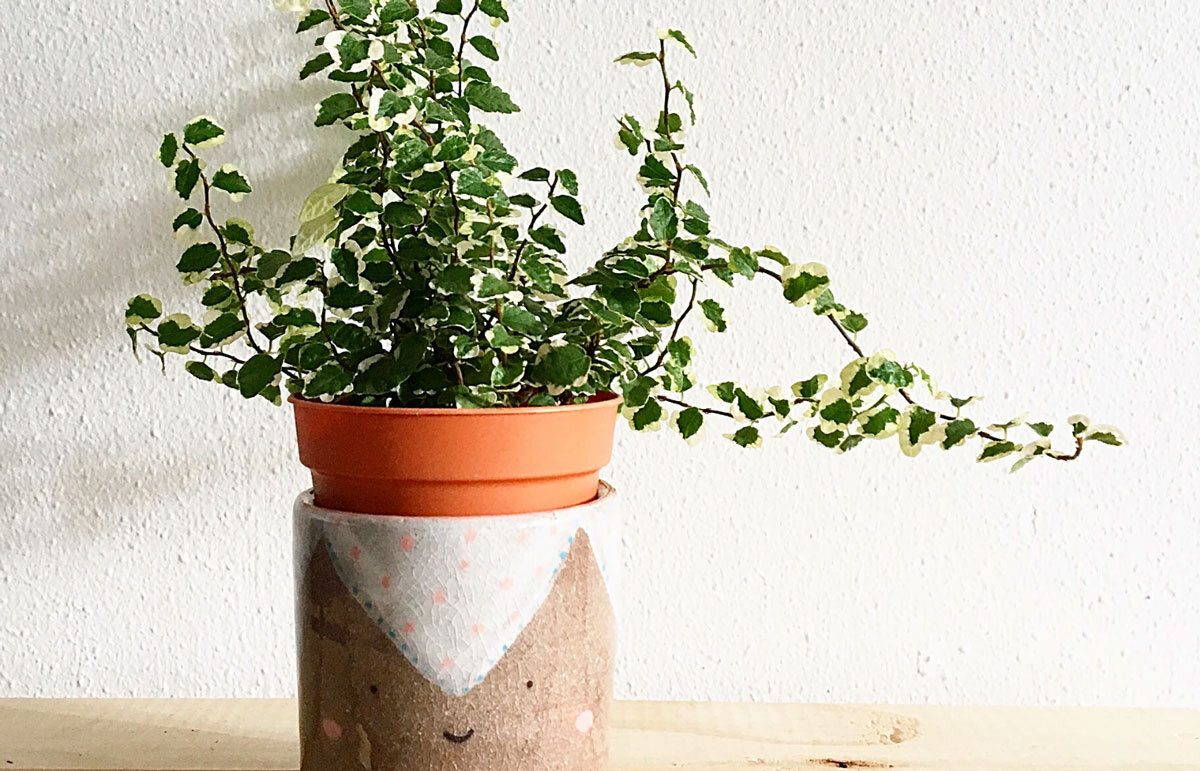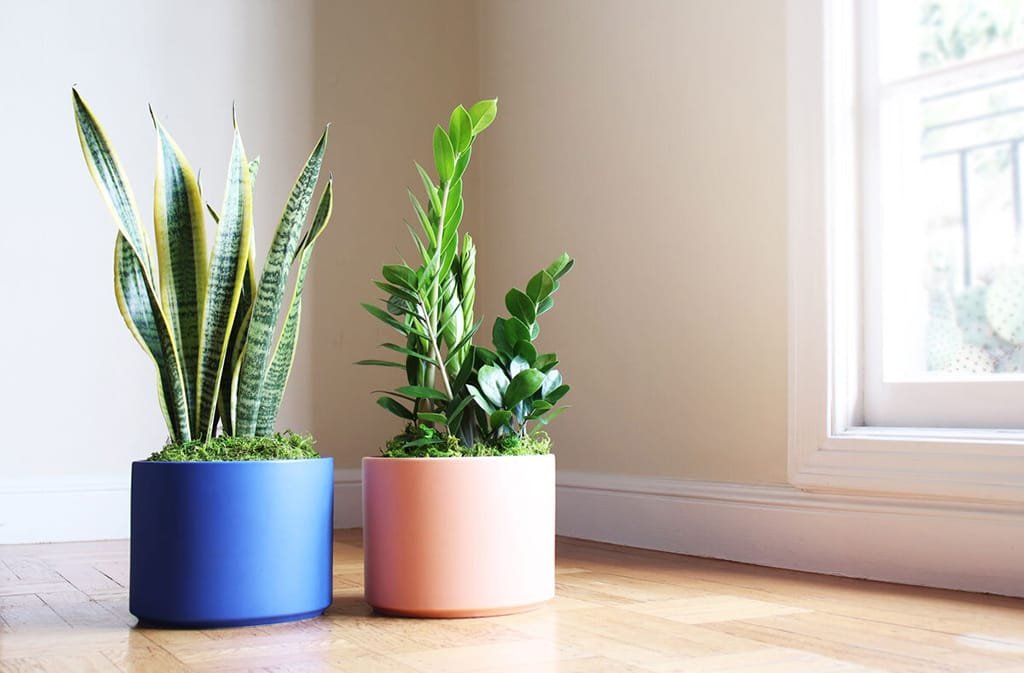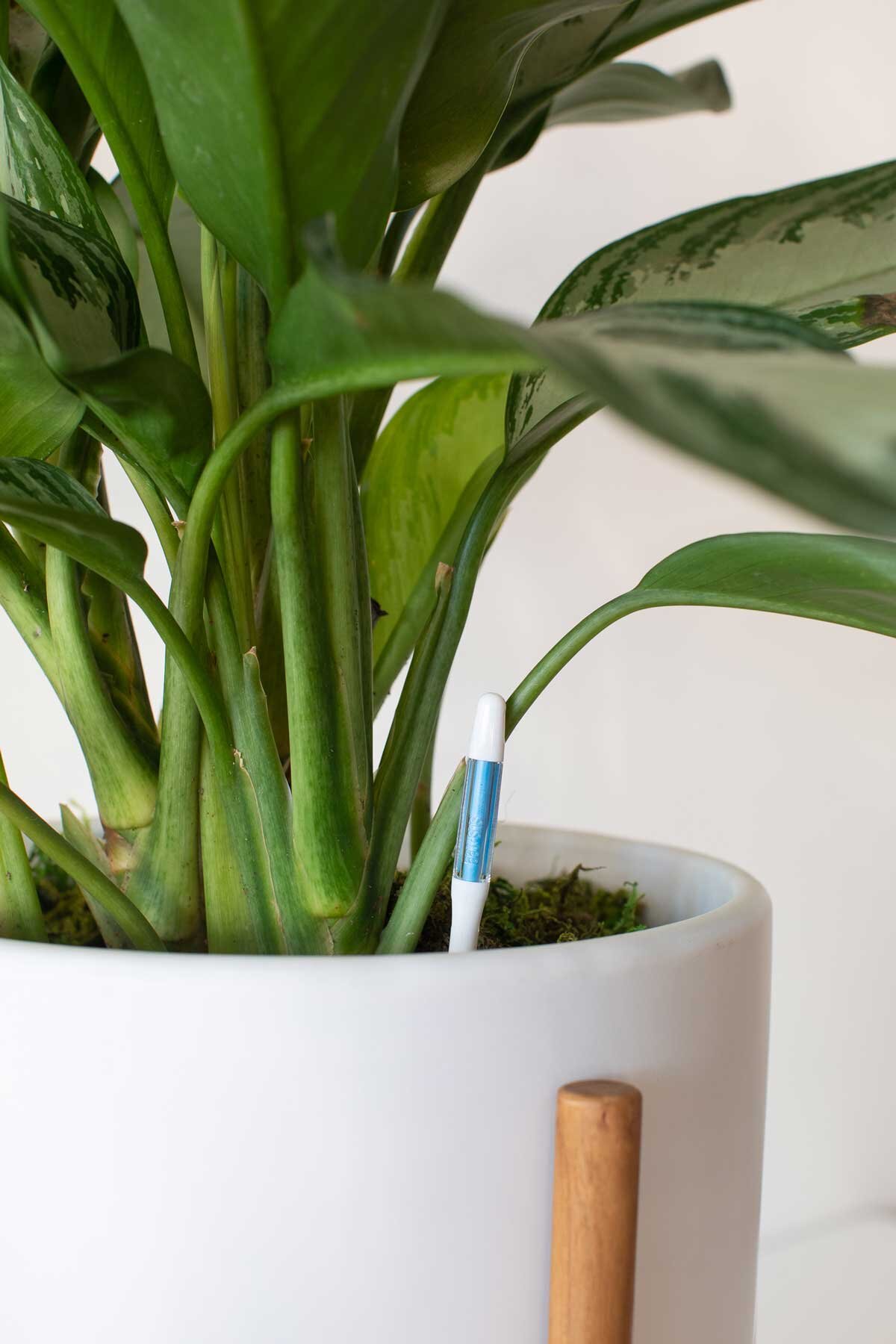What causes brown edges on Calathea leaves?
Calatheas have expressive leaves. They engage in a type of circadian rhythmic movement known as nyctinasty: this means that their sensitive leaves move in reaction to the light they receive. In the evening, they turn their leaves up, and during daylight hours, those same leaves are lowered.
As you might imagine, plants with sensory skills like these can also be delicate, with a preference for specific conditions. When it comes to Calatheas, this can mean that if the water, light, soil or food that your plant receives isn’t just right, the plant may respond with something all plant owners dread: browning leaf edges.
But not to worry! In keeping with our commitment to providing the best resources available for indoor plant owners online, we’ve got solutions! Read on, and let us take the mystery out of Calathea care.
Incorrect Lighting
A Sunburn? Not For Me, Thank You. Never forget that Calatheas need indirect light. They’re no desert darlings, and they must not be placed directly in front of windows or below skylights. Plan on making a home for your Calathea in an area that receives steady, indirect light and plenty of moisture. (Yes, this plant is a perfect bathroom buddy!)
Water Quality
Calatheas would prefer to receive the quality of water that they get in their native environments (moist rainforests in South America and Southeast Asia). On the off chance that you happen to live in a jungle, this shouldn’t be a problem. But for the rest of us, we have to rely on some more urbane life hacks.
The hard minerals in your water like chlorine, salt and fluoride can be harsh for indoor plants like Calatheas. If you have a water filtration system, it’s a great idea to use it to filter your water before watering your plant. Another hack is to simply leave your water out to “breathe” in a bowl or the kitchen sink overnight before watering your Calathea with it. This gives the water time for the fluoride to dissipate (evaporate,) which occurs when it meets oxygen.
